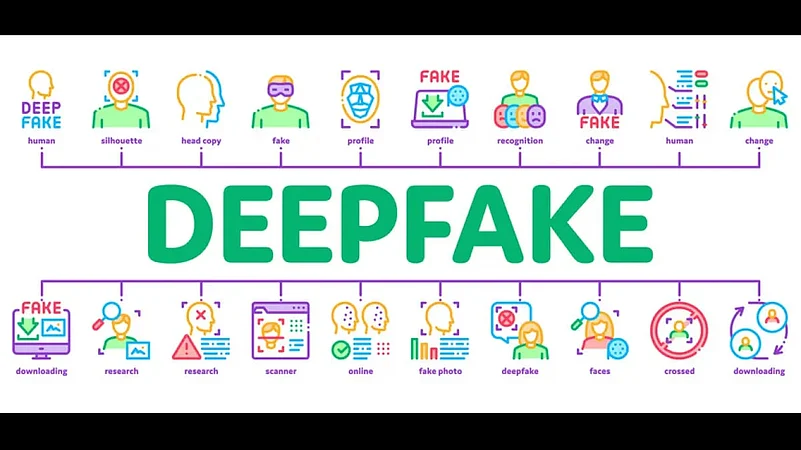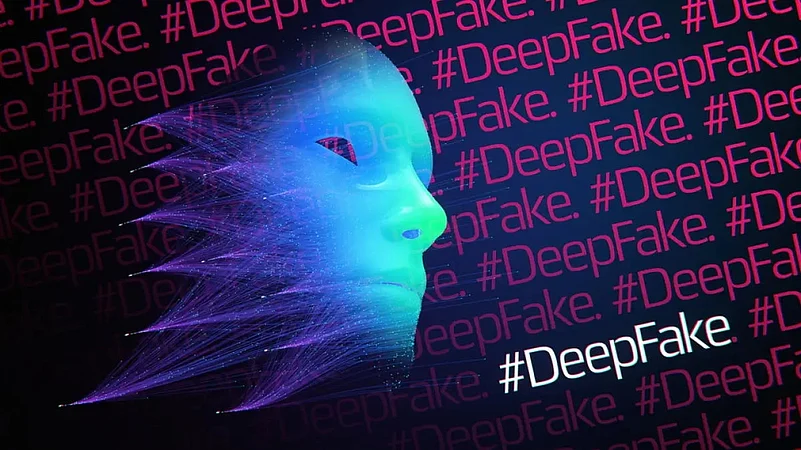During the ongoing Russia-Ukraine war, cybercriminals hacked a Ukrainian television channel and showed the Ukranian President, Volodymyr Zelenskyy, surrendering. The fake video was created using deep fake hacking technology.
A few years ago, a deep fake video was reportedly created with Bharatiya Janata Party (BJP) leader Manoj Tiwari speaking in Haryanvi, Hindi and English. The video was circulated via various WhatsApp groups ahead of the Legislative Assembly elections in Delhi in 2020.
So what exactly is a deep fake cyber crime and what does the Indian Information Technology Act, 2000 (IT Act) say about it?
What Is Deep Fake?

Tools such as artificial intelligence (AI), photoshop, machine learning (ML) and many others are used extensively to create deep fake videos, clips, and other content.
“These clips are created by manipulating a video and/or audio clip with the help of AI and already available images/videos of the person on social media and other platforms. The resultant fake video and/or audio looks very convincing and it’s difficult to identify the difference between real and fake,” says Sanjay Katkar, chief technical officer, QuickHeal Technologies.
Cyber criminals use facial mapping technologies to create an accurate facial symmetry data set. They use AI to swap the face of a person on to the face of another person. Apart from this, voice matching technology is used to accurately copy the user’s voice.
“As the use of technology has grown and the availability of sophisticated technologies has become easy, we have seen an increased use of AI. Many cyber criminals have started using these in their fraudulent activities. Deep fakes is an example of wrong use of latest technology,” says Katkar.
What Does The Law Say About It?
At present, India does not have any law specifically for deep fake cybercrime, but various other laws can be combined to deal with it. If you are a victim of a deep fake crime or know someone who is, then these legal provisions can be helpful.
IT Act: “Section 66D of the Information Technology Act, 2000 has a provision for when a communication device or computer resource is used (with) mala fide (intention) for cheating to personate, the person can be imprisoned for up to three years and/or fined up to Rs 1 lakh,” says Ankur Agarwal, a Chartered Accountant.
Another part of the IT Act is Section 66E. Deep fake crimes also violate this Section as the person’s privacy is breached for capturing, publishing or transmitting their images in mass media. “This offence is punishable with imprisonment of up to three years or a fine of up to Rs 2 lakh,” says Agarwal.
The Copyright Act, 1957: Under Section 51 of the Act, using any property that belongs to another person on which the latter person has an exclusive right is in violation of the Act. There are, however, some exceptions to this.
Data Protection Bill 2021: The Bill contains provisions to penalise for breach of personal and non-personal data of any nature. Once the Bill gets passed and is enacted by the government, it can play a crucial role in dealing with various cybercrimes, including deep fakes.
How To Report A Cyber Crime, Including Deep Fake?
You can directly call up the National Cyber Crime Helpline at 1930. Another way to report such a crime is to go to this website.
Click on ‘Report other cyber crimes’ on the menu button.
You can also follow the Twitter handle @Cyberdost for the latest information on cyber crimes in India.














